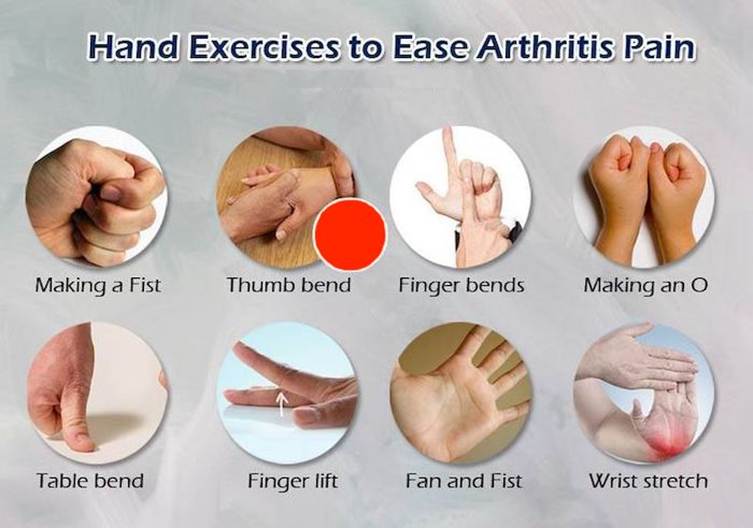Arthritis in the hands can make even simple daily tasks—like opening jars, buttoning shirts, or writing—feel challenging and painful. Hands are made up of many small joints that must work together for smooth movement. When arthritis affects these joints, it leads to pain, stiffness, and reduced function.
Understanding the types, symptoms, and available relief methods can help manage the condition more effectively.
What Is Hand Arthritis?
Hand arthritis occurs when the cartilage between the joints in the fingers, thumbs, or wrists wears down or becomes inflamed. The most common types are:
- Osteoarthritis (OA) – Wear-and-tear damage to joint cartilage
- Rheumatoid Arthritis (RA) – Autoimmune disease that attacks joint linings
- Psoriatic Arthritis – Associated with psoriasis, affects fingers and nails
Common Symptoms
Symptoms can vary depending on the type of arthritis, but generally include:
- Pain during or after movement
- Stiffness, especially in the morning
- Swelling in one or more joints
- Tenderness when pressure is applied
- Warmth or redness over joints
- Decreased range of motion
- Joint deformity (in long-term cases)
- Weak grip strength
Areas Commonly Affected
- Base of the thumb (CMC joint)
- Middle and end joints of fingers (PIP and DIP joints)
- Knuckles (MCP joints)
- Wrist joints
Diagnosis
A healthcare provider may diagnose hand arthritis through:
- Physical examination
- X-rays – To assess joint damage or bone spurs
- Blood tests – Especially for RA or autoimmune causes
- MRI or ultrasound – For soft tissue and early joint changes
Relief and Management Options
While there is no permanent cure, several treatments can help manage symptoms and slow progression.
Lifestyle and Home Remedies
- Rest the hands during flare-ups
- Apply hot or cold packs for pain and swelling
- Perform gentle hand exercises to maintain mobility
- Use ergonomic tools or adaptive devices for daily tasks
Medications
- NSAIDs like ibuprofen for pain and inflammation
- Topical creams containing capsaicin or diclofenac
- Steroid injections in severe cases
- DMARDs for autoimmune-related arthritis (like RA)
Physical and Occupational Therapy
- Therapists can teach joint protection techniques
- Splints may support and rest joints
- Hand exercises improve strength and flexibility
Surgical Options (for advanced arthritis)
- Joint fusion
- Joint replacement
- Tendon repair
Preventive and Supportive Measures
- Maintain a healthy weight to reduce strain on joints
- Avoid repetitive hand stress
- Stay active with low-impact exercises like swimming or yoga
- Eat an anti-inflammatory diet rich in omega-3 fatty acids
Conclusion
Hand arthritis can be painful, but with early diagnosis, proper care, and lifestyle adjustments, you can manage symptoms and preserve hand function. Whether you’re dealing with morning stiffness or long-term joint issues, don’t ignore the signs—consult a healthcare provider for guidance and support.
Disclaimer: This blog is intended for educational purposes only. It is not a substitute for medical advice. Please consult a healthcare professional for diagnosis and treatment tailored to your needs.
